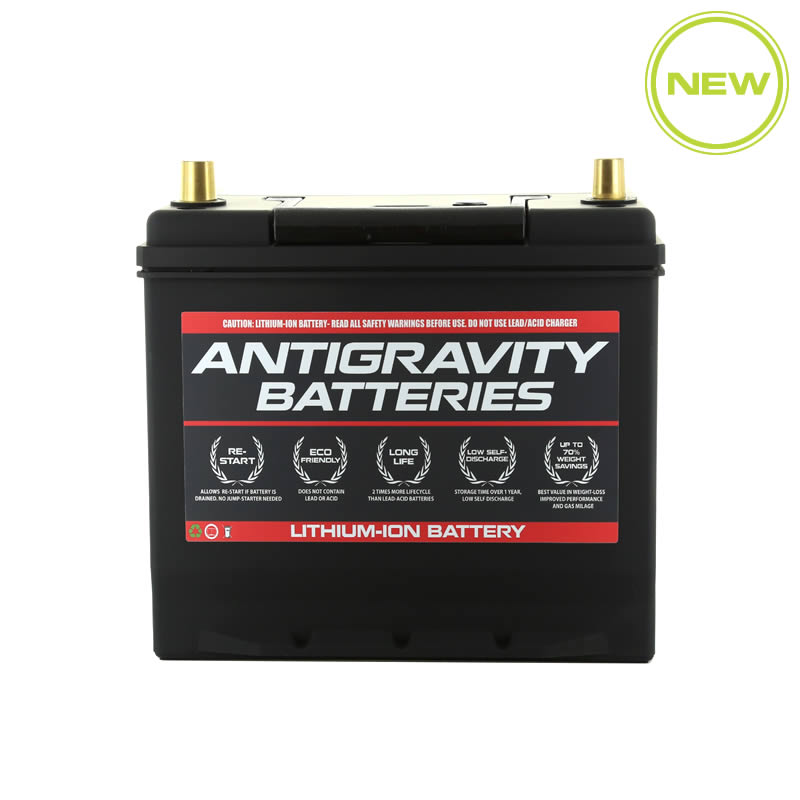I have had good luck with Antigravity batteries on my 911 Turbo S. H^ size i think and weight savings something ridiculous like 40+ lbs!
Happy to see that they are offering something for the Teslas. When i get my MYP we will see then. But for this car is more important to have capacity and stability than weight savings. Let's see some more info on this please!
Happy to see that they are offering something for the Teslas. When i get my MYP we will see then. But for this car is more important to have capacity and stability than weight savings. Let's see some more info on this please!




